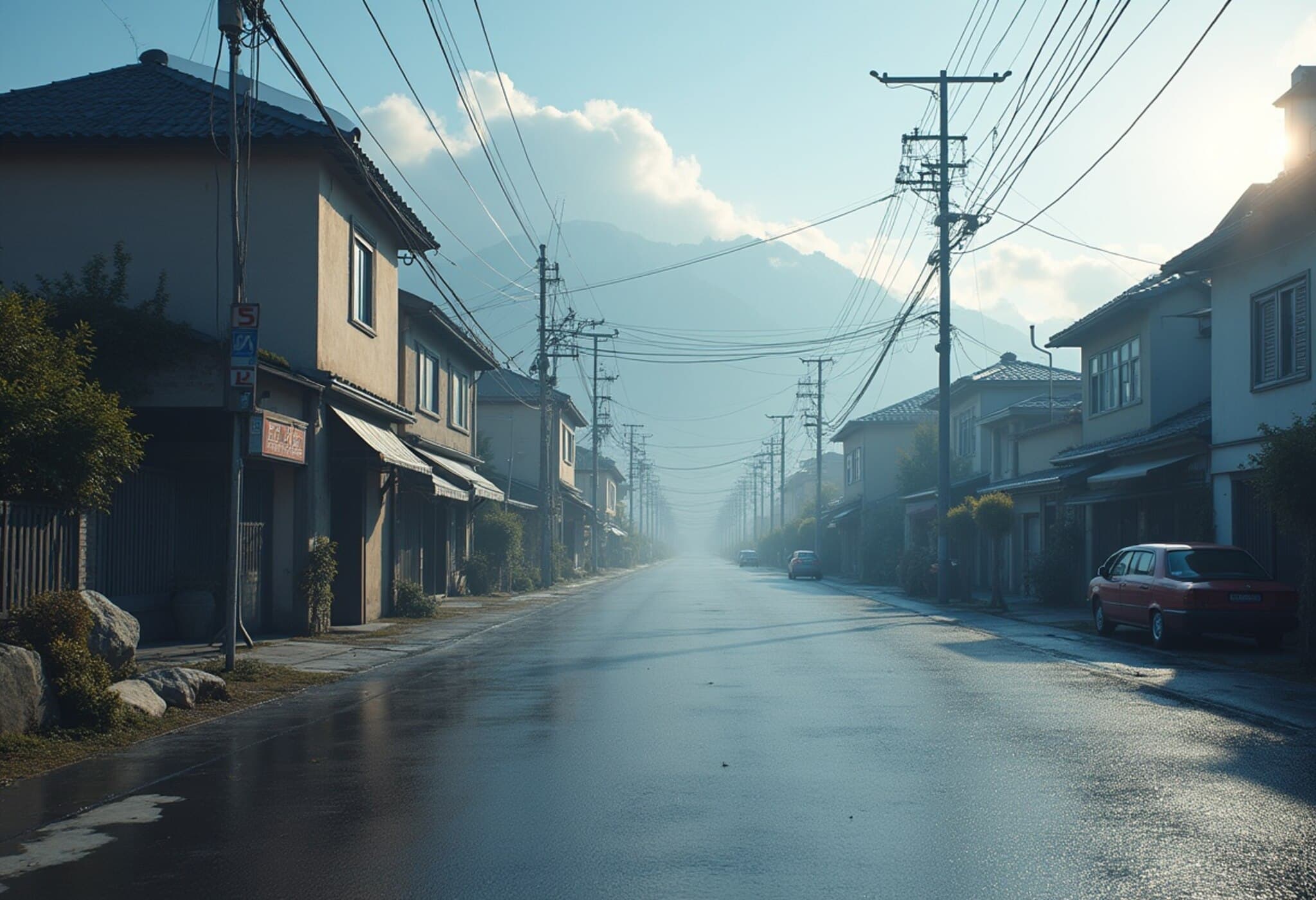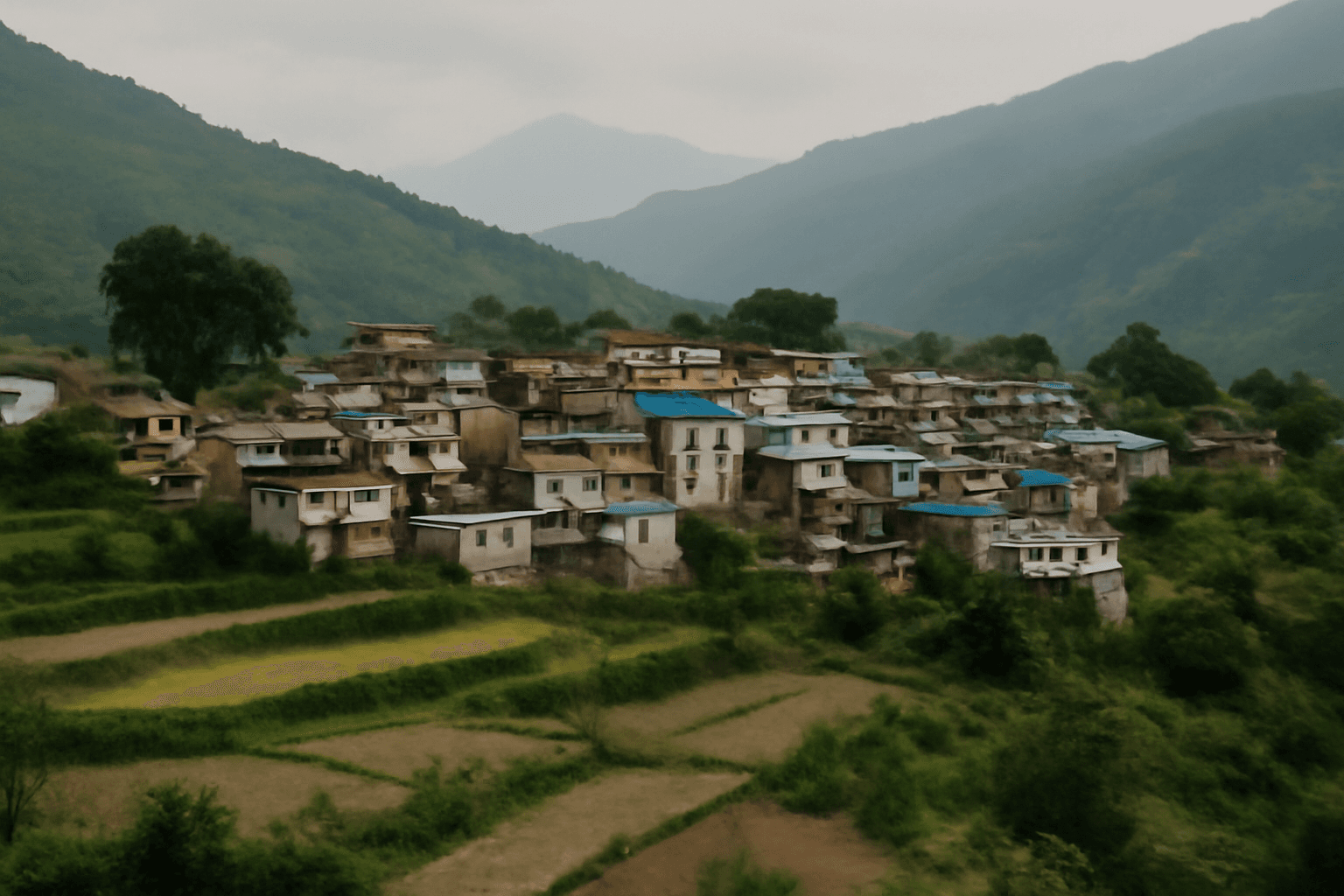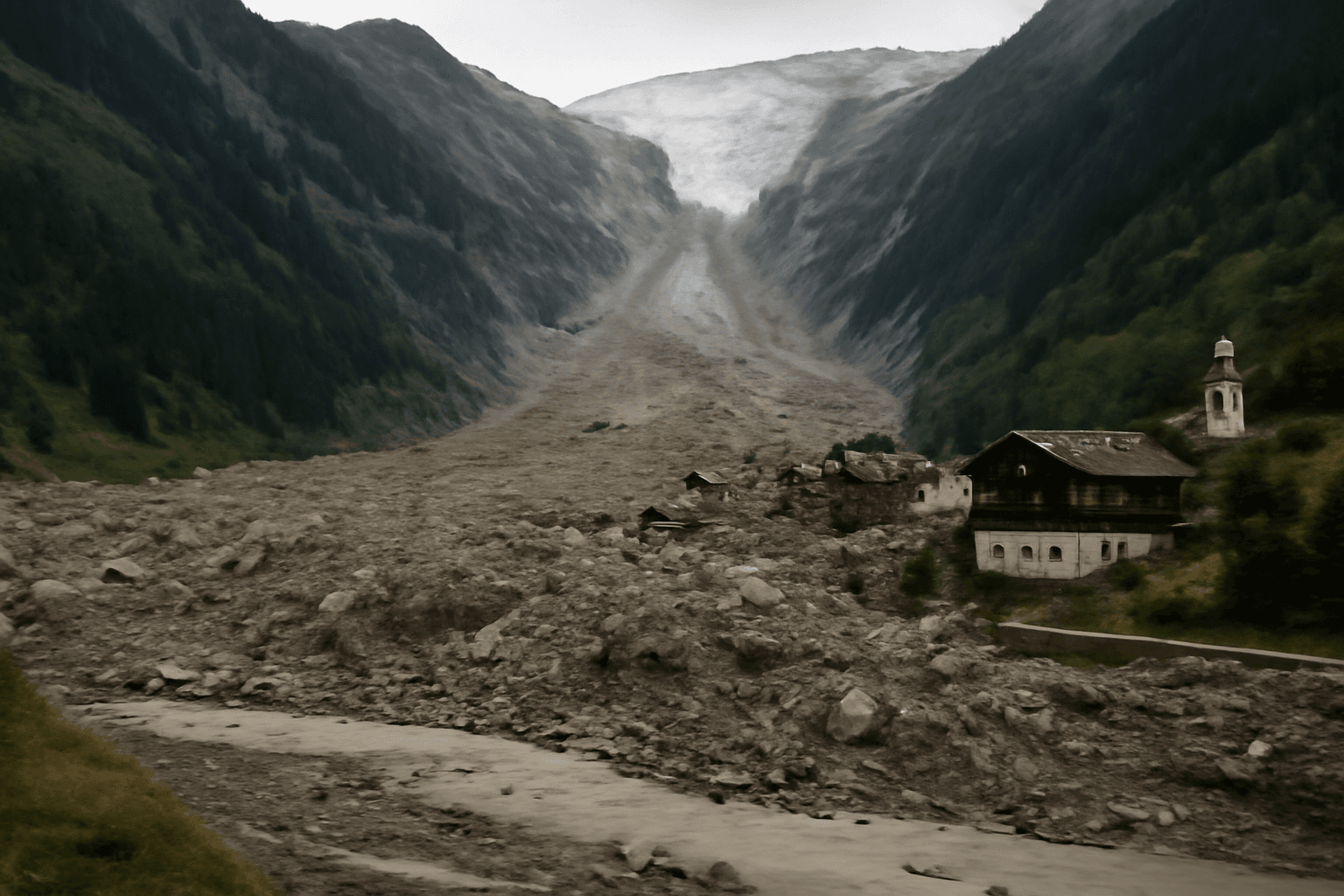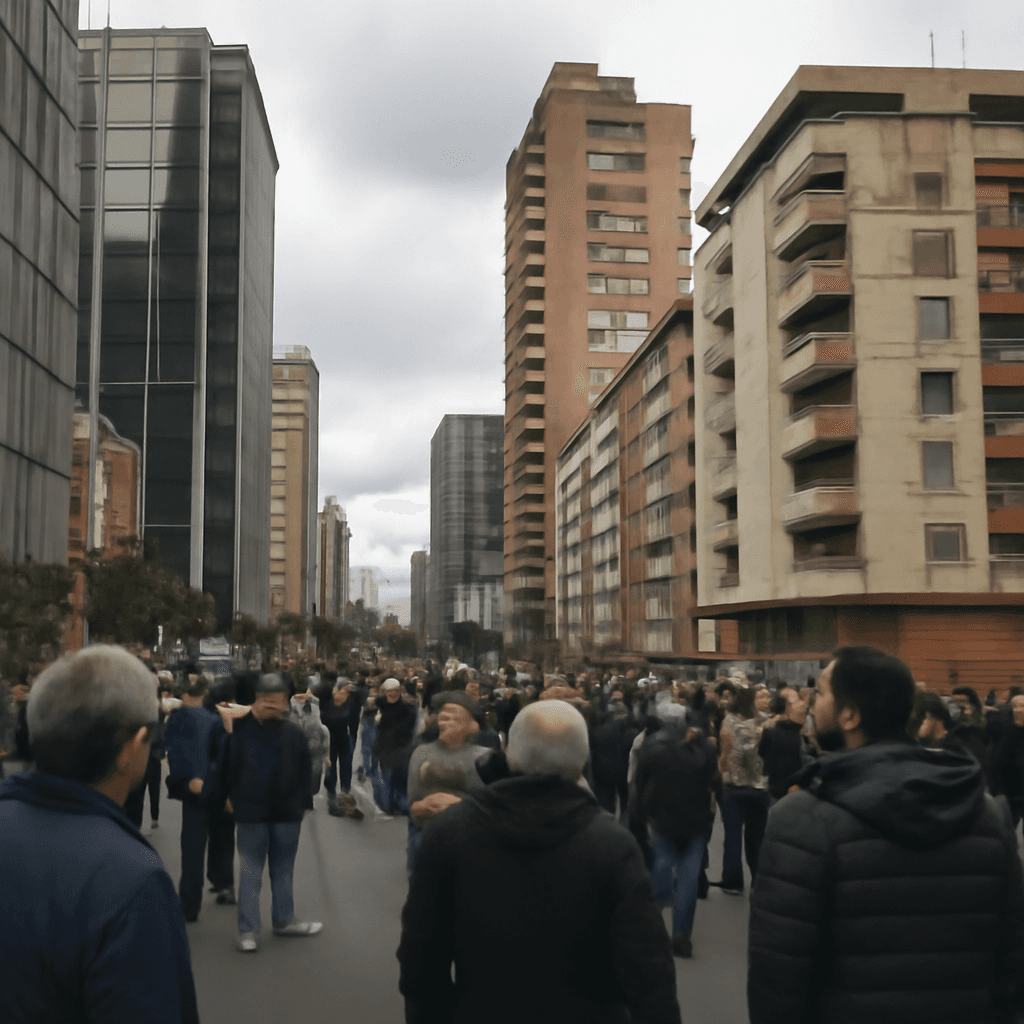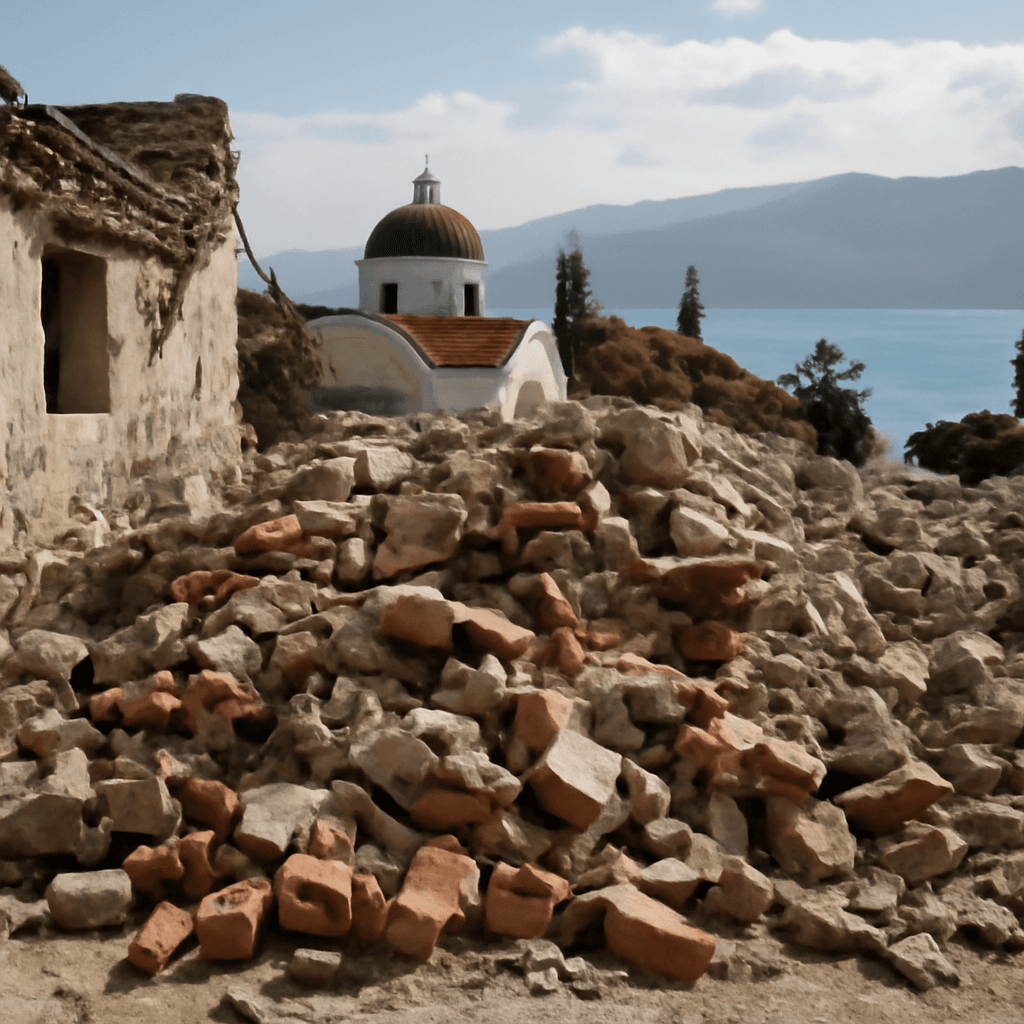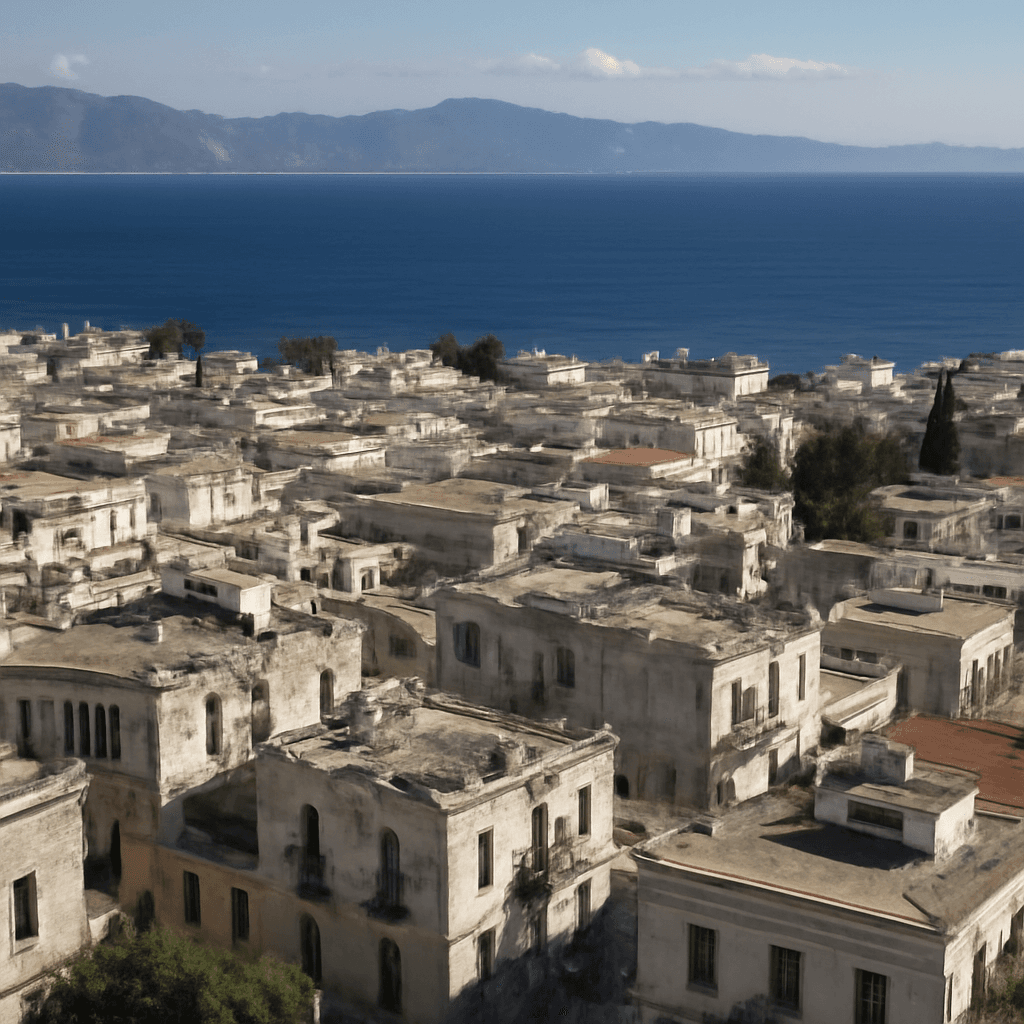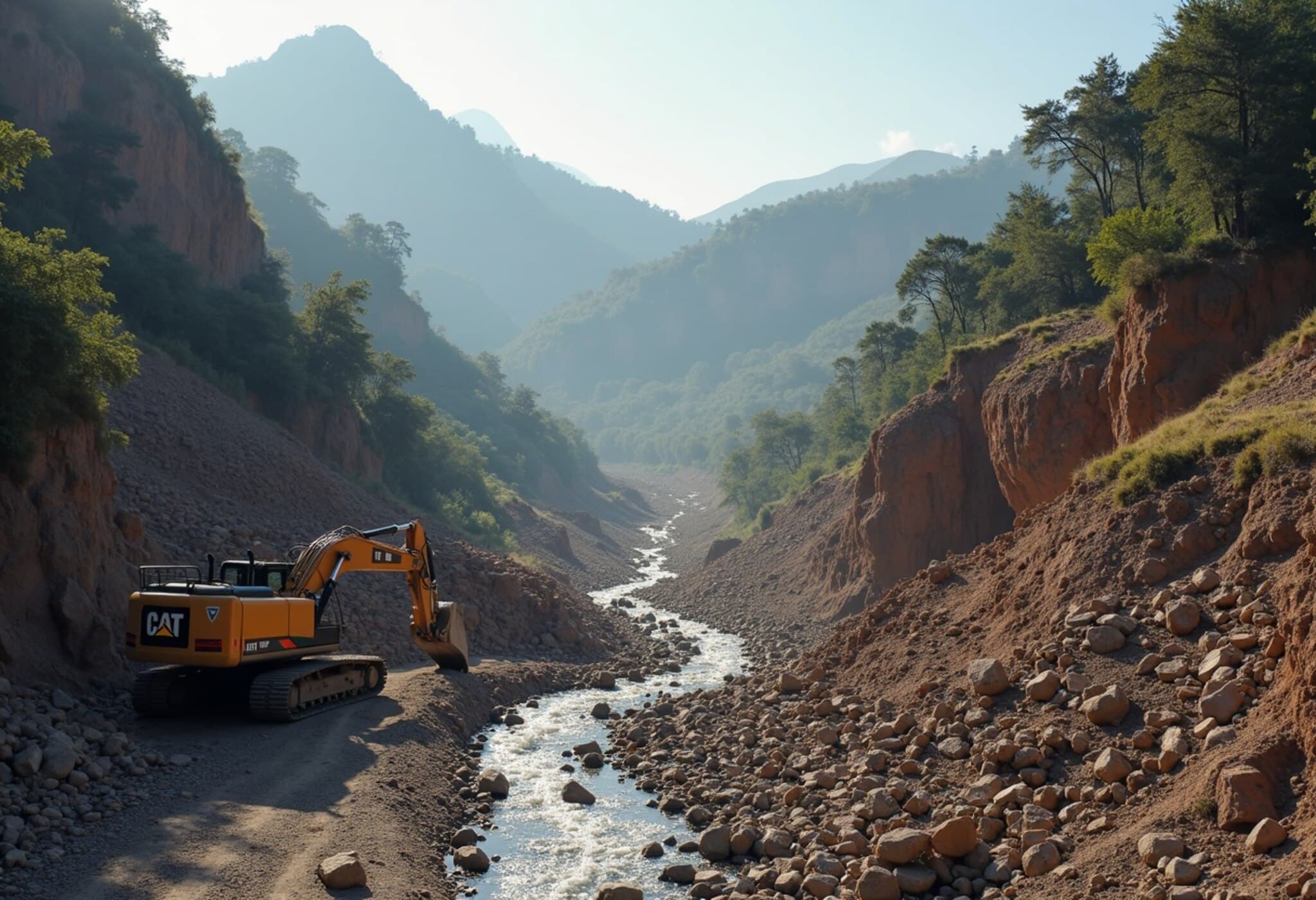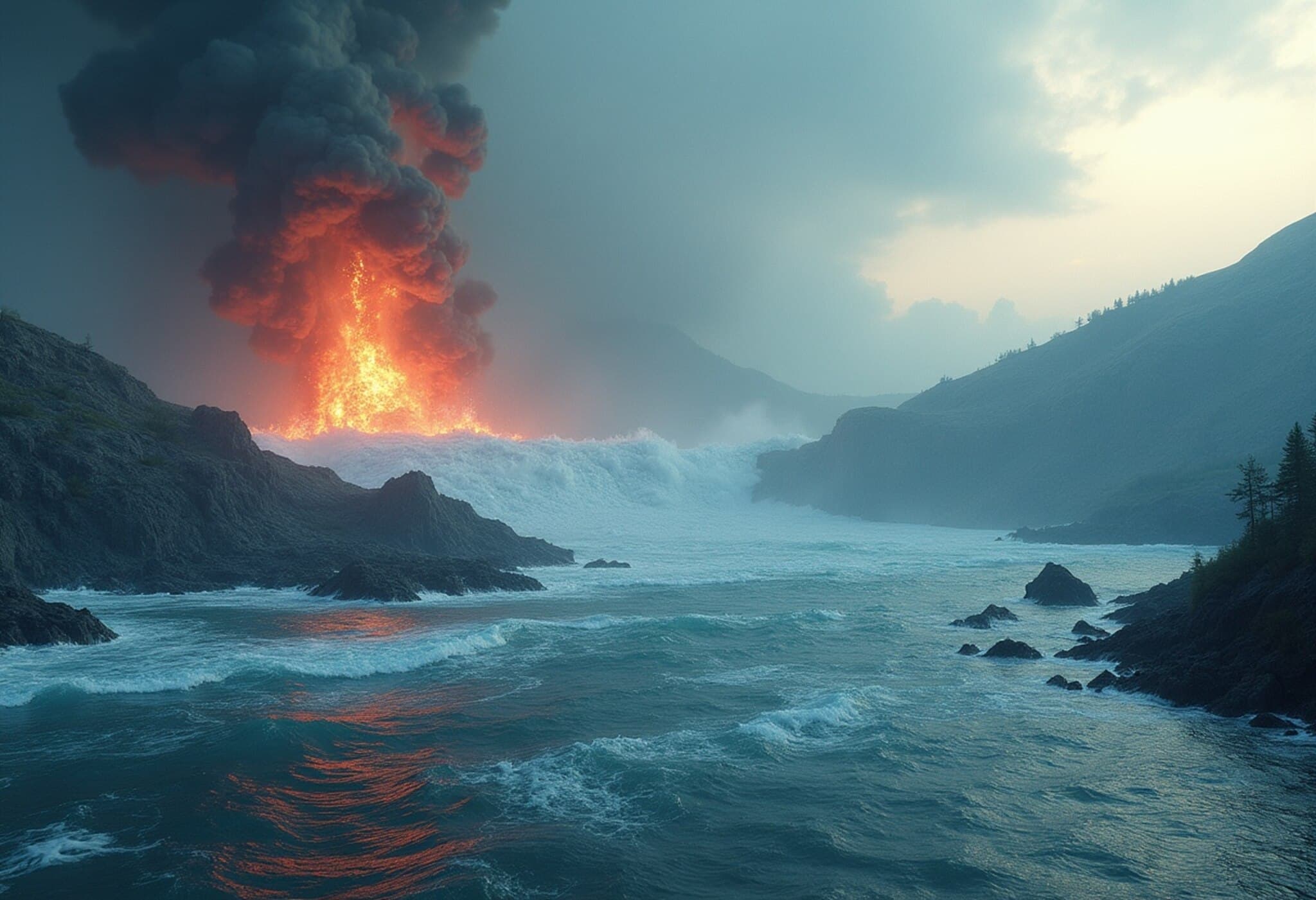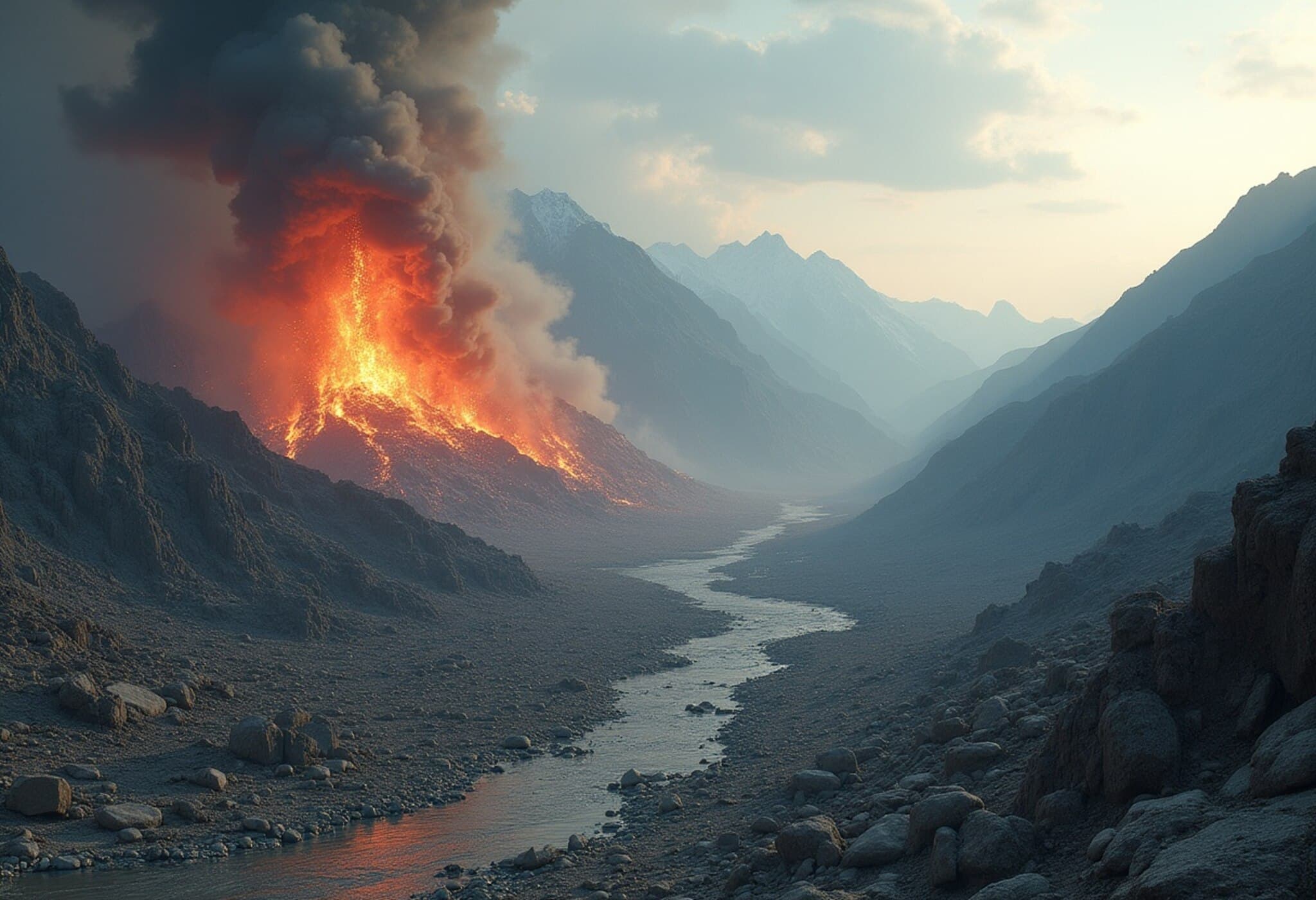Powerful 8.8 Magnitude Earthquake Strikes Near Russia's Kamchatka Peninsula
On July 30, 2025, a significant seismic event rattled the Pacific Rim as an 8.8 magnitude earthquake struck offshore near Russia’s Kamchatka Peninsula. The shallow quake was powerful enough to generate substantial tsunami warnings along Japan’s entire Pacific coastline, from Hokkaido in the north all the way down to Wakayama in the south.
Japan on High Alert: Evacuations and Precautionary Measures
In response to the tsunami threat, Japanese authorities quickly issued mandatory evacuation orders for vulnerable coastal communities, urging residents to move to higher ground despite the warm summer temperatures. These evacuations spanned several prefectures, including areas still acutely sensitive due to the devastating 2011 Tohoku disaster. Notably, personnel were evacuated from the Fukushima nuclear facility as a precaution, given the site’s history with earthquake-induced incidents.
Evacuations were not without tragic consequences: a 58-year-old woman in Mie Prefecture lost her life when her vehicle plunged off a cliff amid the hurried escape, highlighting the chaotic and human cost of natural disasters even amid proactive safety measures.
Tsunami Waves Observed: Hokkaido and Iwate Experience Significant Impact
High waves have already been recorded in multiple locations, with Kuji Port in Iwate Prefecture measuring waves of approximately 1.3 meters. Experts warn that these tsunami waves, ranging between 1 and 3 meters, carry lethal force. They can cause severe flooding, damage to wooden homes, and generate hazardous debris that may jeopardize lives and properties.
Images captured by NHK demonstrated residents sheltering under tents atop buildings in Hokkaido, while fishing vessels prudently left their harbors to minimize damage.
Business and Government Response
Industrial operations also responded swiftly: Nissan Motor halted work at select Japanese plants, prioritizing employee safety amidst the uncertainty. Meanwhile, Chief Cabinet Secretary Yoshimasa Hayashi communicated reassuring news, stating that as of the latest check, no injuries, structural damage, or nuclear plant abnormalities had been reported.
Expert Perspective: The Pacific Ring of Fire’s Persistent Challenge
This event underscores the ongoing seismic volatility of the Pacific Ring of Fire, a region hosting nearly 90% of the world’s earthquakes and 75% of the largest ones. Japan, perched on multiple tectonic plates, confronts relentless natural threats, making robust disaster preparedness not just essential but a societal imperative.
From a policy standpoint, the quick mobilization of evacuations and the communication across multiple prefectures demonstrate how lessons from past catastrophes like the 2011 Tohoku tsunami are informing improved readiness measures today. However, the tragic death during evacuation serves as a sobering reminder that even the best systems can falter under stress.
Economic and Social Implications
Japan’s swift halt of key industrial facilities like Nissan’s plants also briefly disrupts supply chains, affecting both local economies and global markets dependent on Japanese manufacturing. The incident spotlights how natural disasters in one region ripple across industries worldwide, emphasizing the necessity for resilient infrastructure and diversified supply networks.
Looking Forward: Vigilance and Recovery
Authorities continue to monitor the situation closely, with tsunami warnings remaining in effect until official cancellations. Residents are advised to heed official guidance strictly. The event reignites debates over nuclear facility safety, community disaster training, and infrastructural investments to mitigate future risks.
Editor's Note
The recent earthquake near Kamchatka and the subsequent tsunami alert for Japan is a vivid illustration of nature’s unpredictable might—and humanity’s persistent vulnerability. While Japan’s preparedness has undeniably improved since 2011, this incident calls for a renewed conversation on how societies can balance rapid industrial activity with comprehensive disaster resilience. How can technological advancements and community engagement combine to save more lives in future calamities? The world watches as Japan navigates this emergency, offering lessons and inspiration for other hazard-prone regions.

